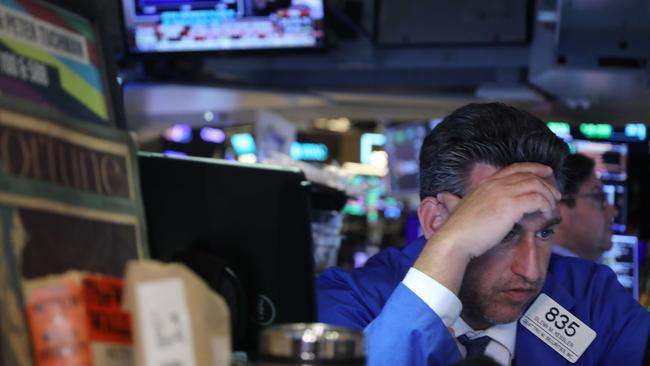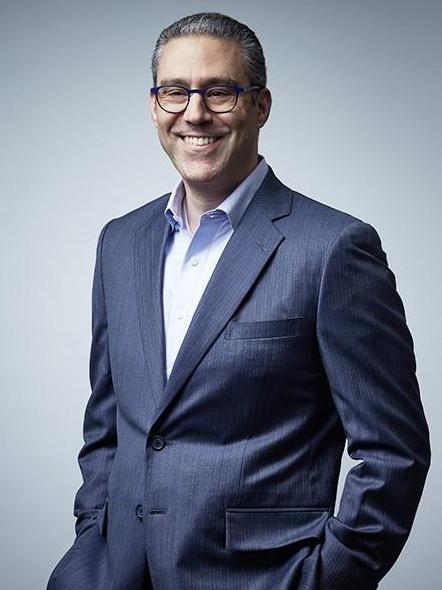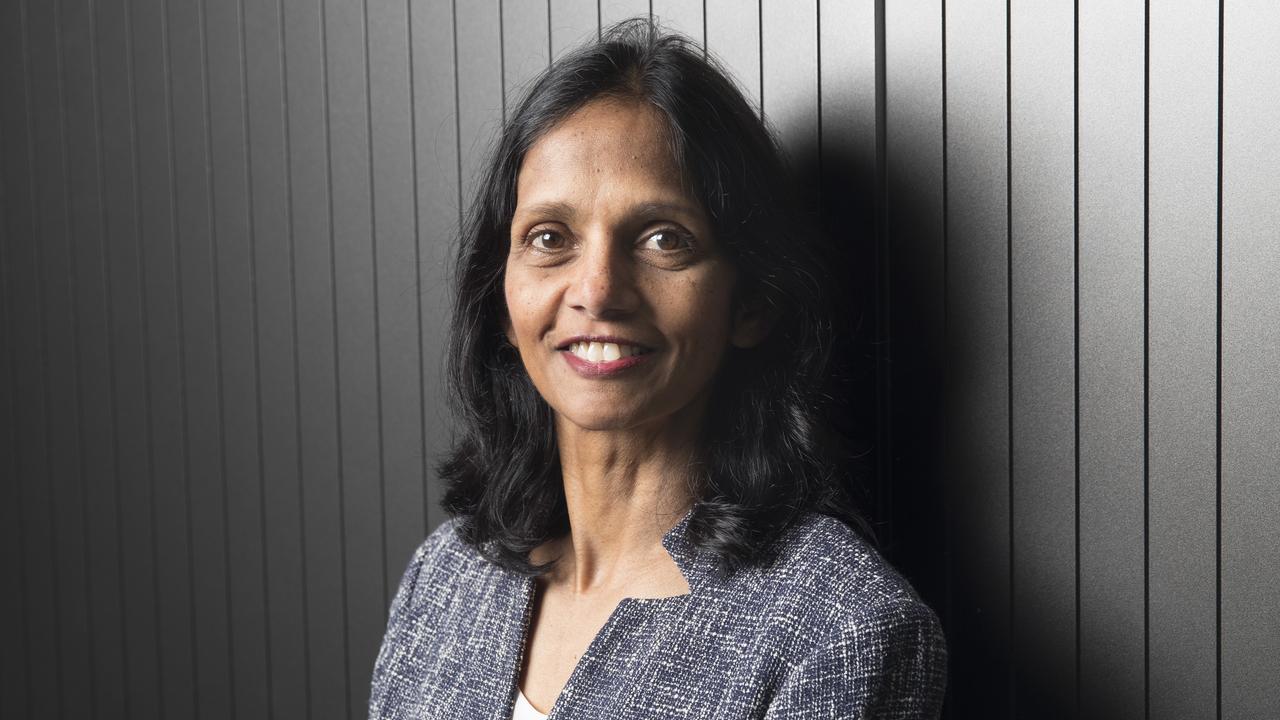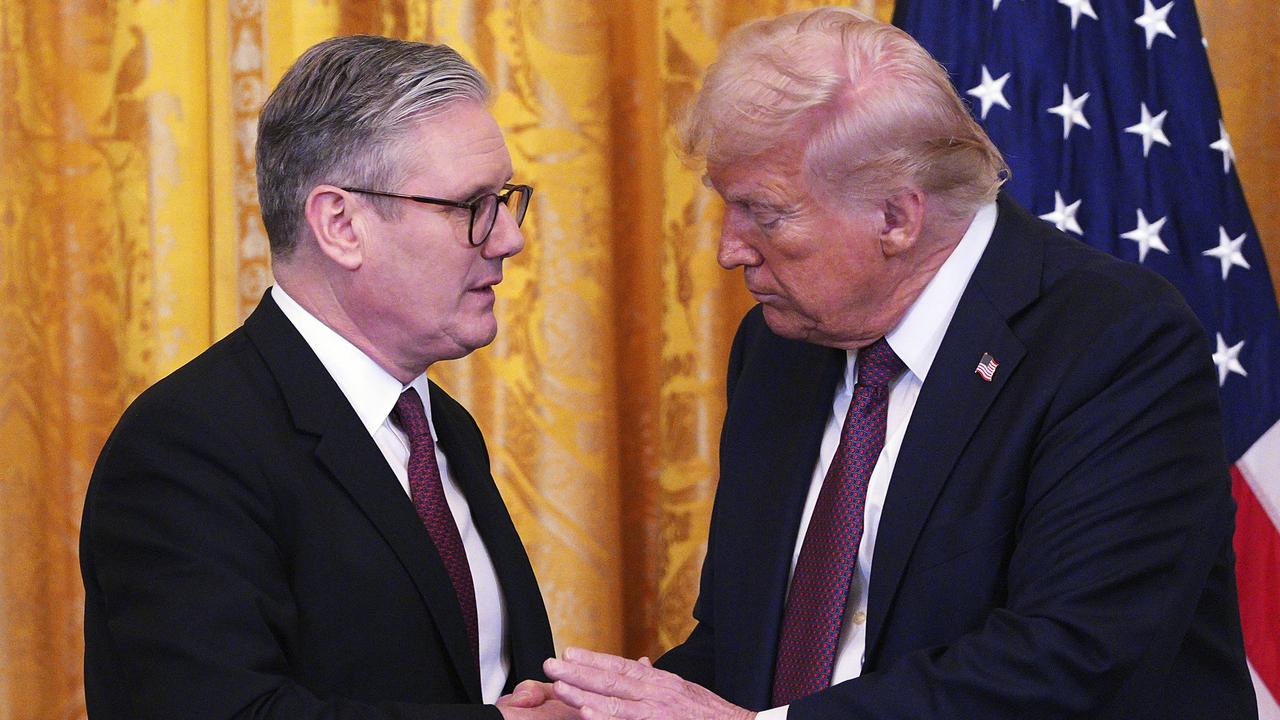
Since the pandemic, the once-radical idea that nations can, in certain conditions, issue massive amounts of sovereign debt — monetised by central banks — to boost demand with little or no negative ramifications, is no longer unthinkable, according to Boston-based MFS Investment management portfolio manager and chief economist, Erik Weisman.
US debt monetisation is arguably underway as the Fed’s balance sheet grew from $US4 trillion ($5.5 trillion) in March to $US7 trillion by June, well beyond the previous peak of $US4.5 trillion in 2015.
Yet while the long-awaited shift to average inflation targeting revealed by chairman Jerome Powell last month should allow rates to stay low for longer once inflation picks up, he’s unlikely to announce new policies this close to the November election.
Moreover, apart from propping up already-elevated asset prices, it’s hard to see how negative rates, yield curve control or more quantitative easing alone would help the economy at this point.
Meanwhile, talks on another much-needed coronavirus relief bill are deadlocked, coronavirus vaccine trials are yet to fully validate market optimism and the virus is yet to be fully subdued.
After months of surging asset prices, stronger-than-expected US economic data and expectations of more monetary and fiscal stimulus, the US fiscal policy hiatus, political uncertainty and a lack of new policy initiatives in the Fed’s policy statement after its September board meeting concludes at 4am AEST on Thursday may initially be a source of disappointment for global risk assets.
“My take is that what the Fed has kind of told us is that the tools and the framework that they’re accustomed to don’t work and in a way – as much as they haven’t said this explicitly – implicitly, they’re really saying ‘this is now a fiscal issue’,” Dr Weisman said.
“Unless quantitative easing is aimed at supporting fiscal policy expansion, it may be hard to generate inflation in the face of weakening demographics and digitalisation, which still has a long way to go.
I think people haven’t really internalised that it’s kind of the Fed giving up.”
But if the summary of economic projections through 2023 shows a Federal funds rate near zero, unemployment near the assumed “maximum employment” or non-inflation accelerating rate of around 4 per cent and core inflation near the 2 per cent target, it will be a strong signal that the world’s most powerful central bank “won’t take away the punch bowl” for a long time.
Dr Weisman runs almost $US5bn portfolios money for the 96-year-old active fund manager which has $US557bn under management globally and 300 staff in eight sector teams, including in Sydney.
He thinks investors need to get ahead of a possible MMT experiment in the US.
“Given the disinflationary demand shock caused by the coronavirus pandemic, that backdrop is likely to endure for the next several years, but the combination of massive unconventional monetary policy and the increasing willingness of policymakers to take advantage of historically low interest rates and embrace the aggressive use of fiscal policy could eventually set the stage for a medium-term shift in the inflation backdrop,” he said.
Treasury inflation protected securities, limited maturity bonds, floating rate securities, value equities, commodities and hard assets like gold and real estate are on his shopping list since they have generally benefited from or helped offset higher levels of inflation.
Longer duration bonds, growth equities and bond proxies such as property trusts, utilities and infrastructure on the other hand — while they’ve had a great run on quantitative easing, record-low interest rates, stunted economic growth and negligible inflation since the global financial crisis — could be disadvantaged by a rising inflationary environment. Not that there’s any sign of that yet.

Despite an enormous monetary policy response to the global financial crisis, inflation remained historically very low due to low money velocity and heavy deleveraging by banks, households and, eventually, governments, but the conditions surrounding the GFC are quite different to now.
“As the GFC unfolded, banks shed bad assets, homeowners defaulted on mortgages and governments adopted austerity too soon, all while the economy was struggling,” Dr Weisman said.
“Households, banks and corporations, scarred by the crisis, were eager to hold cash, so the money that did make it into the system sat idle, changing hands infrequently and thus restraining inflation.
What we learned from the prior crisis is that the supply of money alone won’t kindle inflation and that demand plays a very important role.”
Importantly, the policy response to the pandemic has been immense and swift and financial aid in the US has focused more on Main Street, households and businesses. And while the pandemic may be far from over, the banking system hasn’t been forced to deleverage.
Dr Weisman is hopeful that policymakers won’t make the same mistake by tightening too soon.
“The question will be whether fiscal policymakers repeat the error they made following the GFC, when they adopted austerity early in the expansion, beginning around 2011,” he said.
“Today, that premature belt-tightening is viewed as a mistake, especially in Europe, where a sovereign debt crisis subsequently engulfed the eurozone.
Perhaps deteriorating debt profiles will force aggressive fiscal austerity again, but with yields pegged at or below zero, there should be additional scope to forestall fiscal normalisation.”
But while there is a reluctance on the part of many officeholders to embrace MMT by name, some are increasingly comfortable adopting parts of it in practice, according to Dr Weisman said.
“While such an idea was until recently unthinkable, one consequence of the pandemic has been an opening of the Overton Window, which describes the range of policy ideas the public, and policymakers, are willing to entertain,” he said.
“The scope of the damage wrought by the pandemic has forced the window wide open.”








Central banks will be last to admit it but the path to Modern Monetary Theory is wide open.